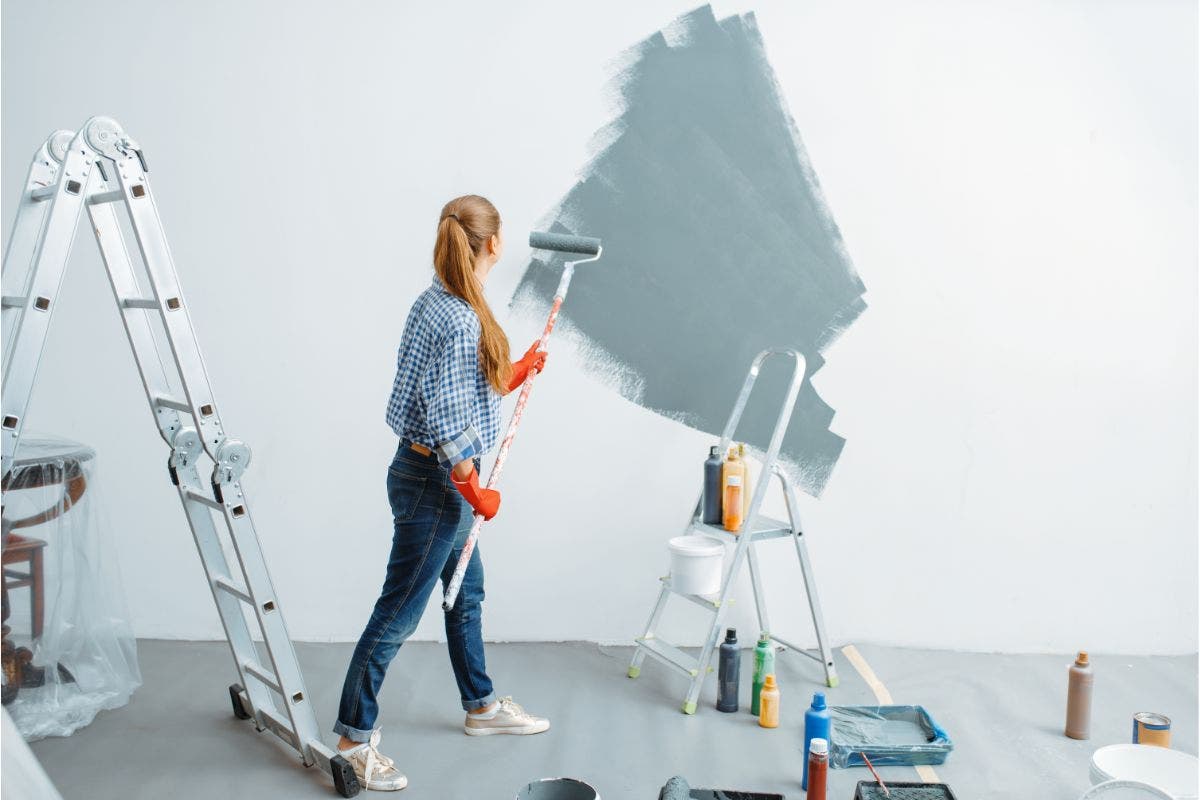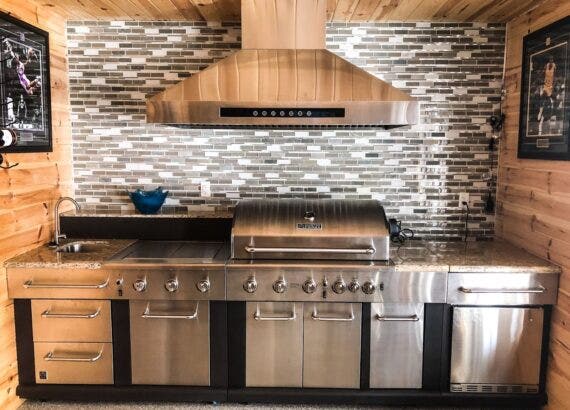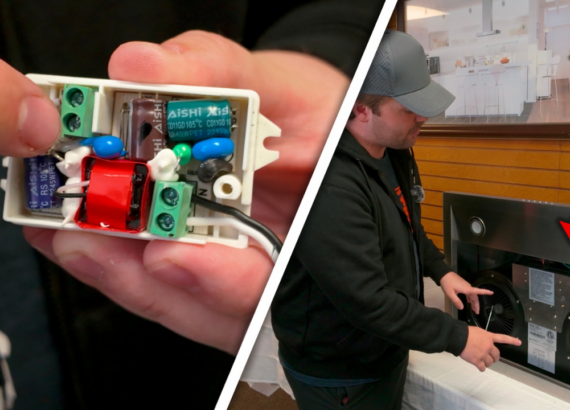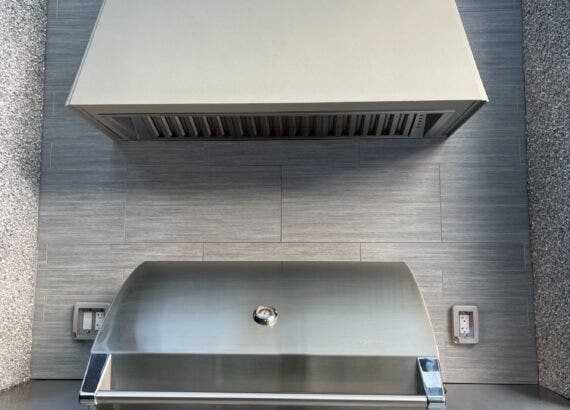What Is The Difference Between Satin And Flat Paint?

Difference Between Satin And Flat Paint – If you need to freshen up a room and you are stuck between which paint to use, there are a few factors that you have to consider. If these are overlooked, you may find yourself with a finish that could be more practical with the use and look of the room.
The main difference between these paints is all in the finish, as satin tends to have more of a shine, while flat has one shade, though it has slightly more coverage if you need to cover imperfections.
However, this doesn’t cover the specific applications for each type, and for this and more, you can find more below.
Table of Contents
Which One Is More Durable?
When we think about durability, this refers to the room and how likely the walls are exposed to moisture, light, and stains, as some types can fade or smudge the color when you try to clean the walls.
Satin Paint
This type of paint covers a few varieties, and there are fuller types for walls and others that are more suited to wood and metal. For the case of simplicity, we’ll look at the wall coverings that come as an emulsion and comes out quite silky and smooth.
For use in your home, this can be painted in hardworking rooms like kitchens and bathrooms, as it stands up well when you need to clean it on a semi-regular basis.
While this does sound ideal, the glossiness can expose imperfections on your walls, such as cracks and patched areas.
This can expose these imperfections more if you use a second coat, so when you use this, you may look to use simple whites and greys.
Flat Paint
Also known as matte paint, this type gives you a smooth and subtle look that doesn’t have the shine that satin has, as this is because these paints absorb light. This makes them ideal for rooms where you have imperfections on the walls.
Even though these can be a lifesaver in many rooms and used on surfaces like ceilings, they are more suited for low-traffic volume rooms like bedrooms, studies, living rooms, and dining rooms.
The problems start when exposed to staining as they hold these stains and make them difficult to clean, as this can remove the finish. However, you can find cleanable versions, though these can still be limited over the time the paint is on your walls.
Where You Are Painting Matters
The kitchen, for example, can be painted to suit the mood and atmosphere of the room, so for this, you don’t have to resort to simple colors, as we have established that you can use satin paint quite effectively here.
Here you can find more oil-based paint as this is more durable in these areas as there is a good chance that high cooking volumes can cause spills and splashes on your walls, which can be stressful for many reasons.
Not just this, but if you have kids, they can be pretty accident-prone, so they can mark walls with chairs and rub or draw with colors unintentionally. This can be anyone’s worst nightmare, which is why these satin paints are better for cleaning them.
While this can sound like the job done is locked down, it’s a bit more complicated than that, as these paints can take longer to dry than matte, so it can take 2-3 hours to dry, and its formula means the smell can be pretty potent.

Tips For Painting Your Rooms
As we’re on the subject of kitchens, the first thing to realize is that even though a lot of the wall real estate is covered by countertops and equipment, you can still take a relaxed approach to painting it.
This is even more important if your kitchen is situated where a lot of light comes in, so inadequate areas become more pronounced over time. This is why you want to spend around 2 hours between each coat to dry before you apply the next.
For Drying
The kitchen is an important room, so you want it to dry as quickly as possible. You can first leave all your kitchen windows open, as the temperature, airflow, and humidity will play a significant role in your drying time.
You can also use an appropriately positioned gentle fan and apply light coats to your walls to avoid overloading your brush. This is because the thicker you apply it, the longer it will take to dry, which delays the second coat.
If you apply the second coat too quickly, you risk the walls having streaks, peeling paint, and uneven colors, which could be better as you’ll have to start over on the whole area to ensure that you have an even shade of color.
You also want to factor in cure time in your painting, as this is when your paint needs to exhibit its optimum results, which can take around 2-3 weeks to fully develop.
This will only occur if your paint is dry, so avoid touching up areas too frequently during this time.
When Cleaning Your Walls
As this paint is easy to clean, the sheen can be diminished if it is washed too roughly, so you want to avoid using abrasive brushes and sides as you only need to use a wipe to scrub your walls gently.
If wipes or clean water don’t work, you could add some vinegar in light amounts to your damp sponge, and if this doesn’t work, you can use an eraser sponge for those tougher stains and marks.
So, What’s the Difference Between Satin And Flat Paint?
With these tips in mind, you can get a finish that doesn’t need too much maintenance to keep it looking right, and any stains you can wipe off cleanly as soon as they appear so they don’t become too ingrained and troublesome over time.
Other Articles You May Like
- Outdoor Range Hood Dimensions: How Wide It Needs To Be (Pro Tips)
- Range Hood Dimensions: Balancing Functionality and Aesthetics for Your Dream Kitchen
- 4 Types of Range Hoods to Never Buy! (And Why)
- Determining the Ideal CFM for Your Outdoor Range Hood (From the Pros)
- Does an outdoor kitchen need a vent hood? (From Experts)







Comments are closed.